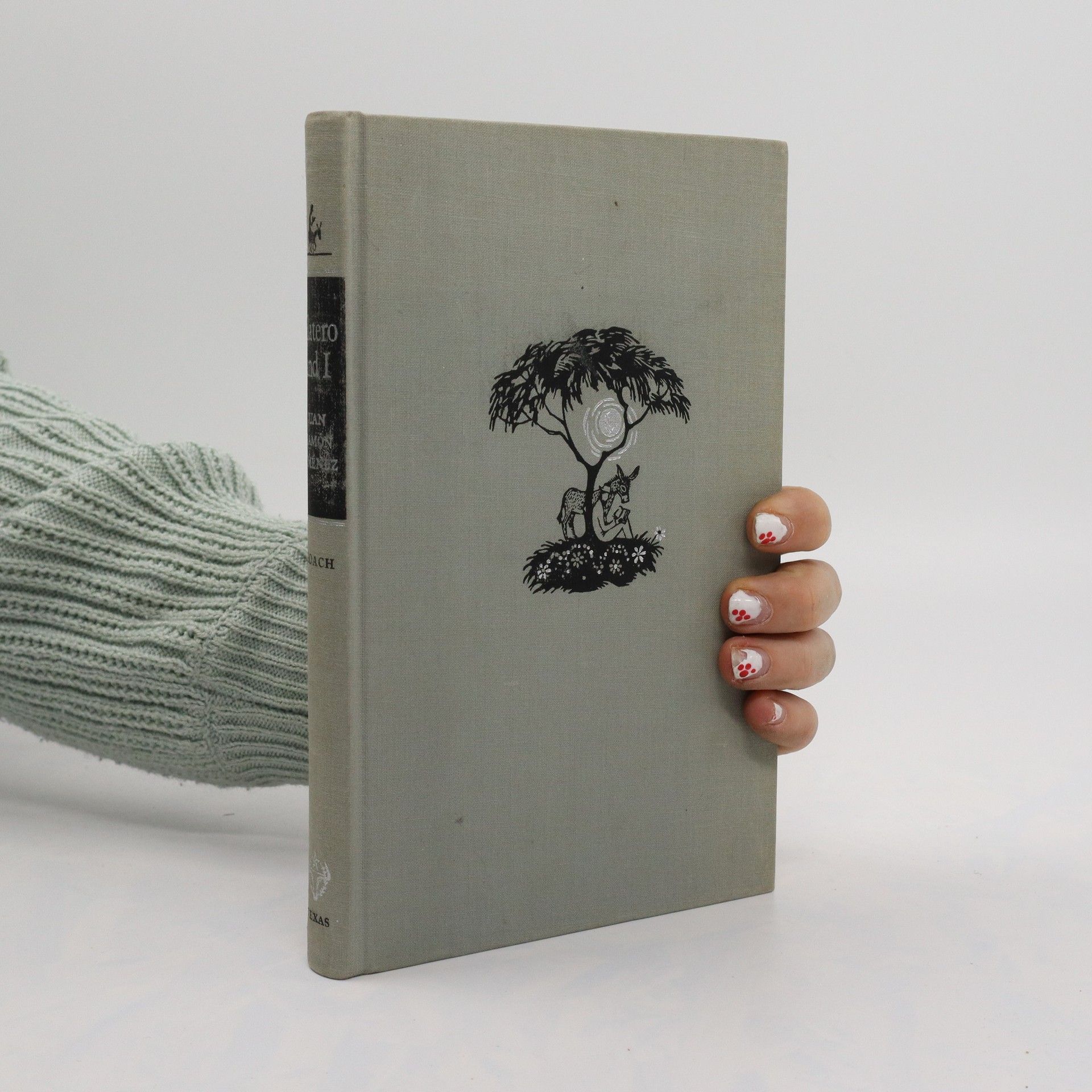Over 27 million people visited the World's Columbian Exposition of 1893 in Chicago. Countless more experienced the fair through the wondrous images of C. D. Arnold, the era's foremost architectural photographer. Through his luminous pictures, Arnold became the event's leading historian, publicist, and visual philosopher. This gallery of Arnold's photographs, painstakingly retouched to achieve a new radiance, presents a magnificent tribute to the "White City" of shining Beaux-Arts buildings.In addition to its visual tour of the Exposition's extensive buildings and grounds, this lavish book also celebrates a city that treasures its architecture. The classical Greek and Roman design expressed by the Chicago World's Fair defined the course of American monumental building for decades to come, and the text accompanying these historic photographs provides fascinating interpretations of the Exposition's influence on American building styles and tastes. From conception to closing day and beyond, Spectacle in the White City offers glimpses of past splendor that will be treasured by Chicagoans, history buffs, and lovers of fine art and photography.
Stanley Appelbaum Livres
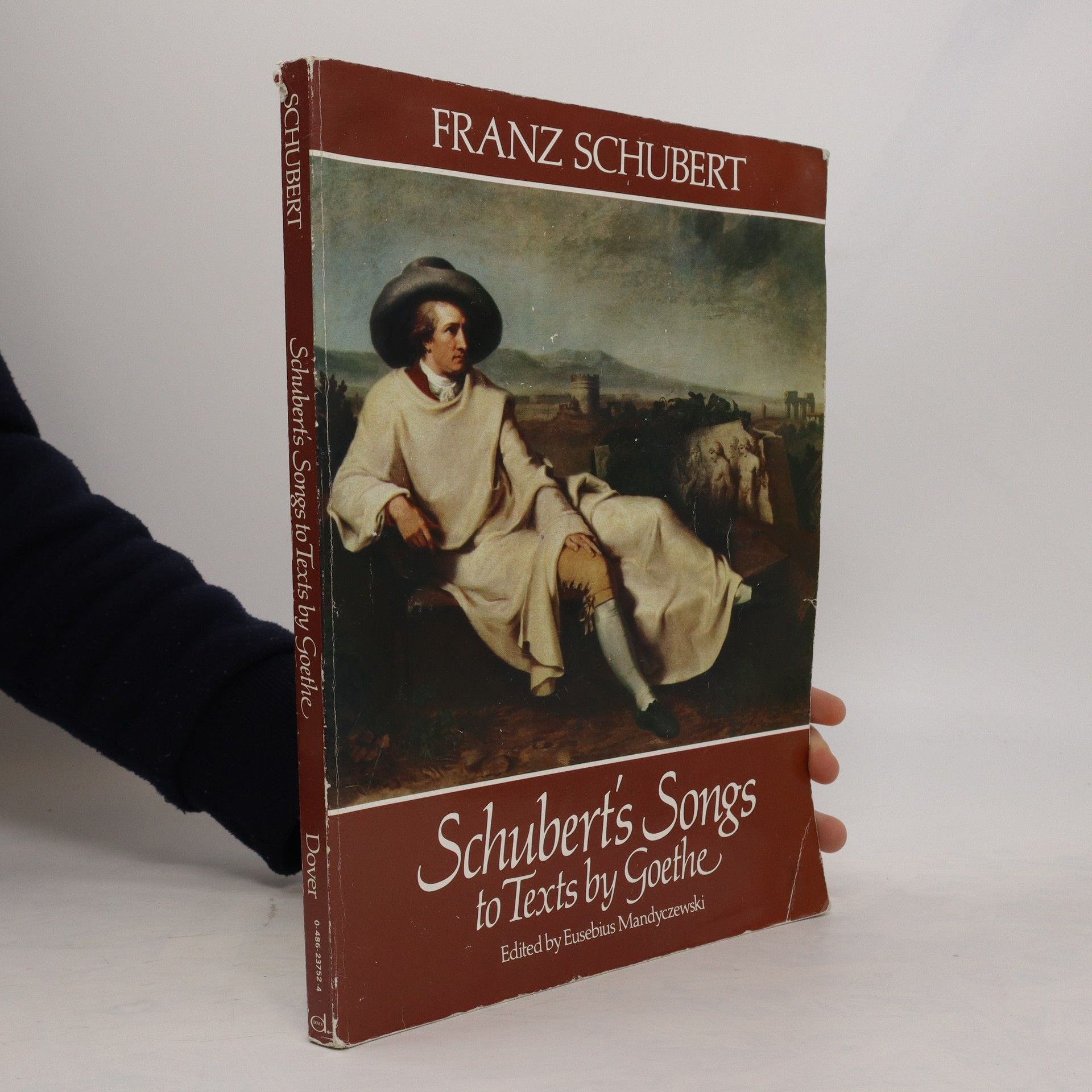

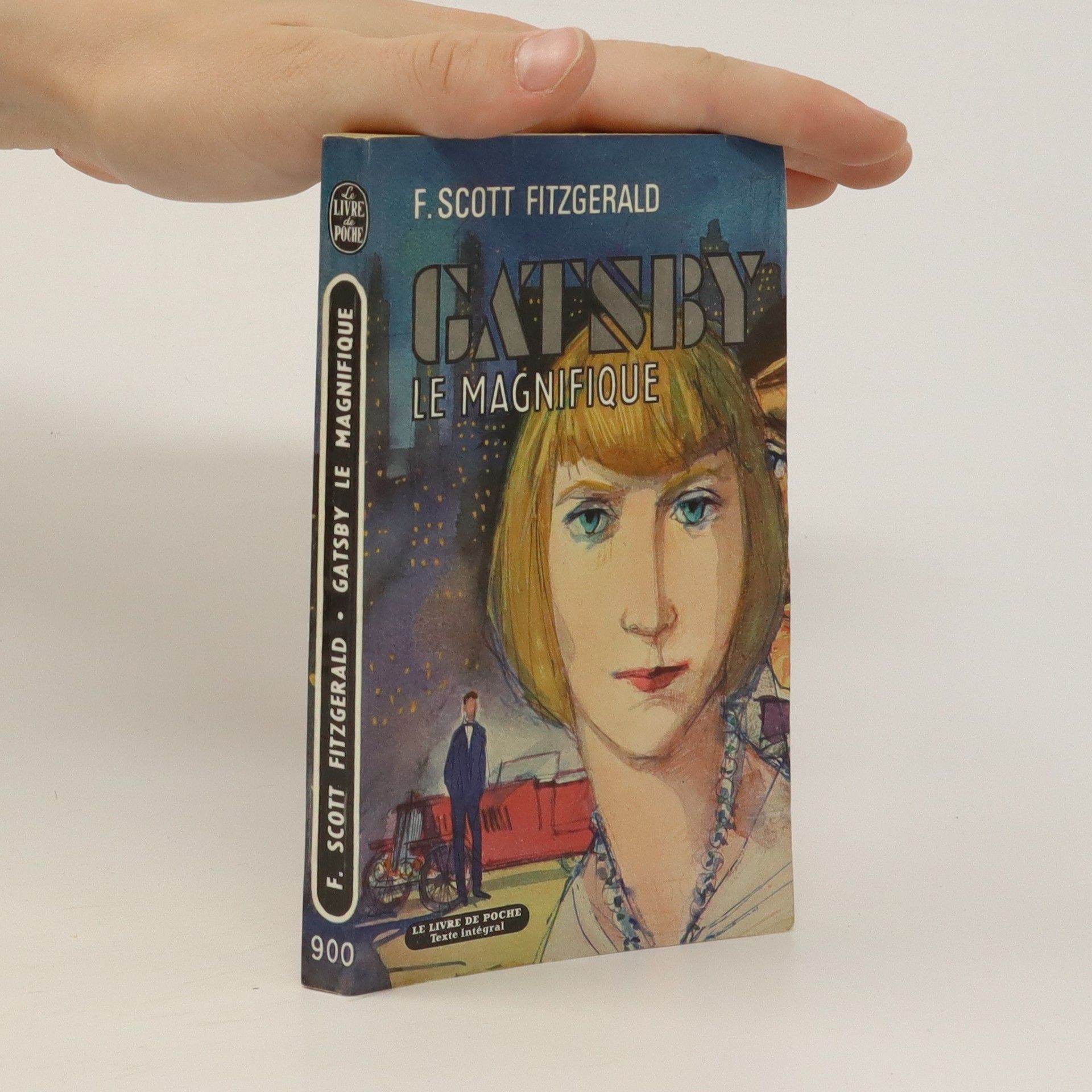
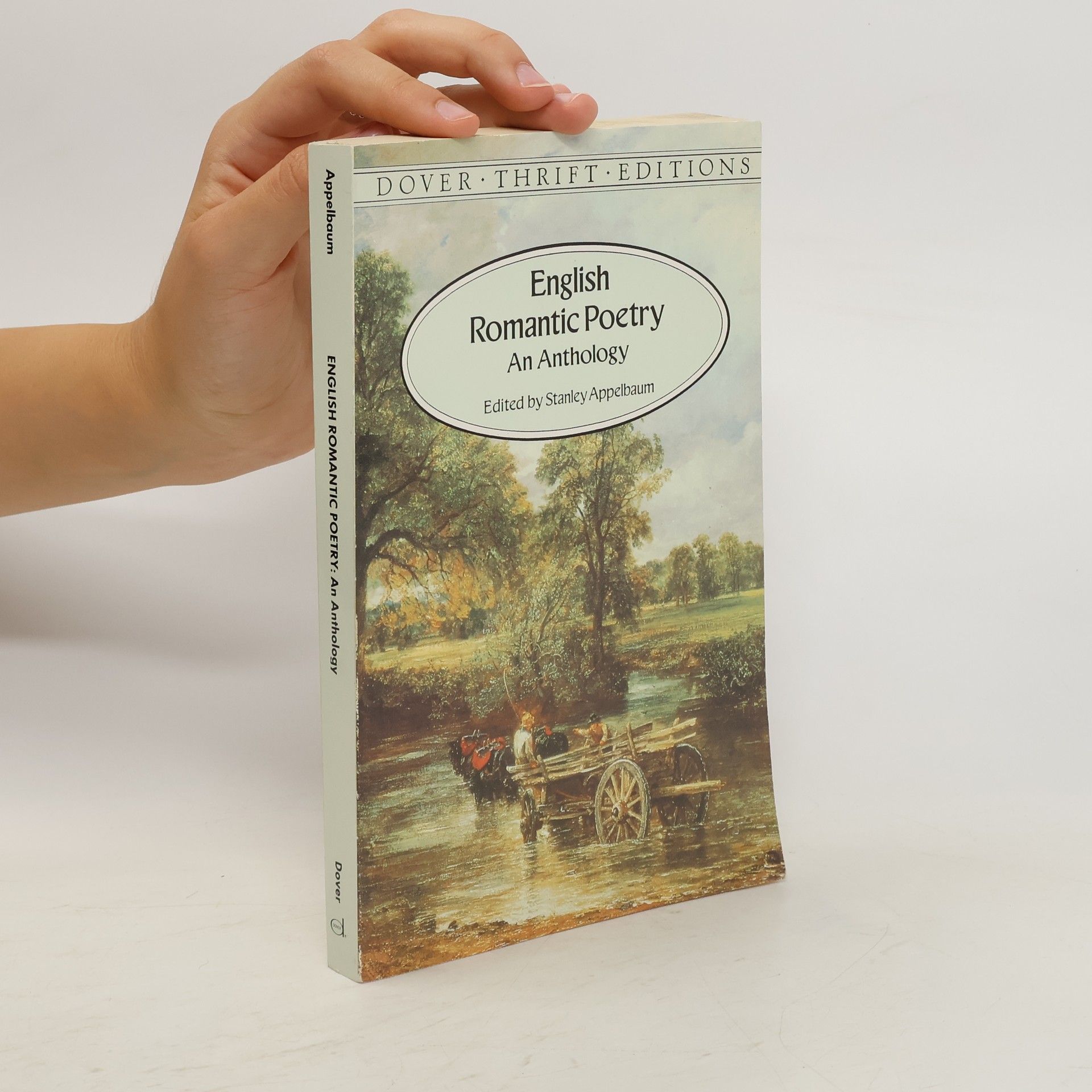
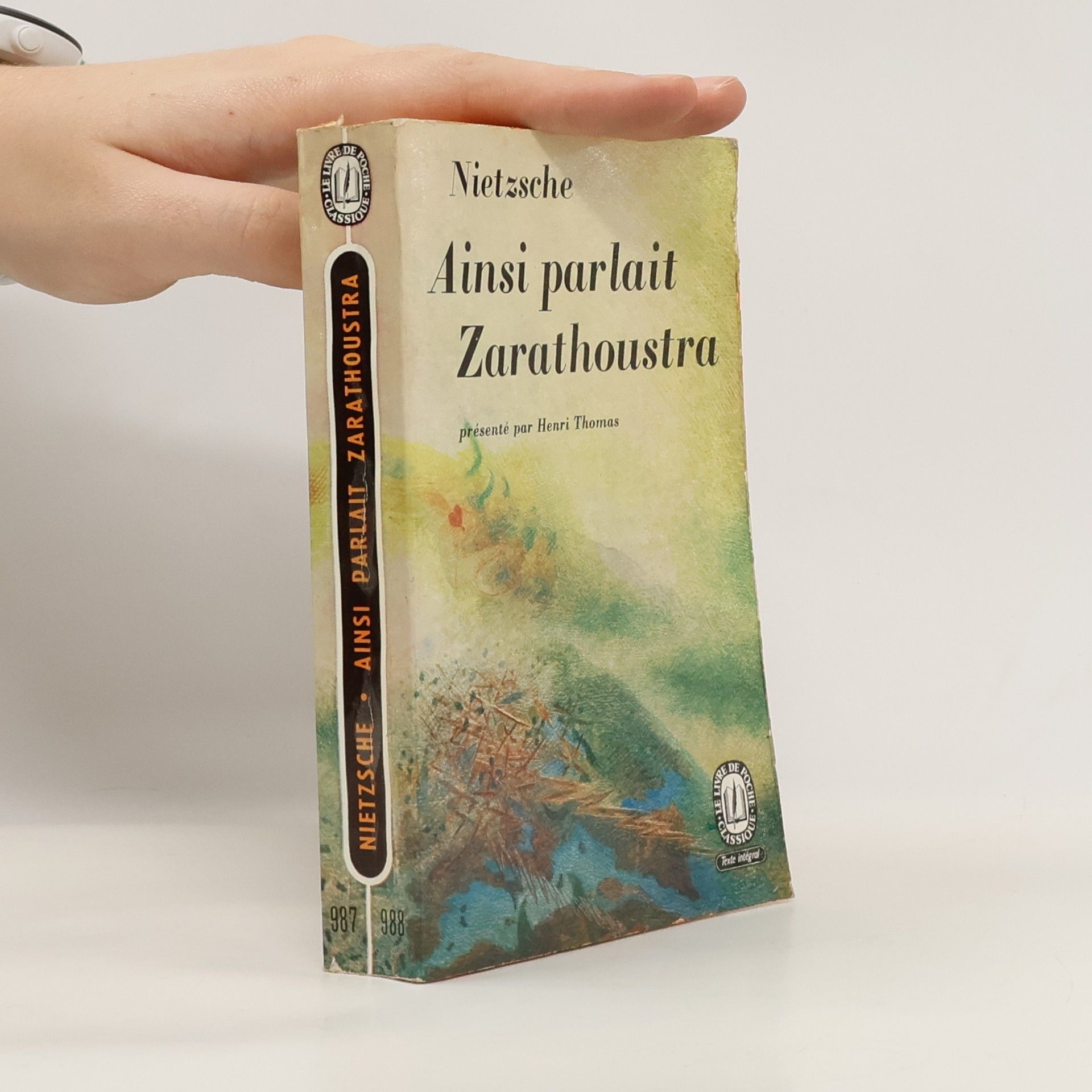
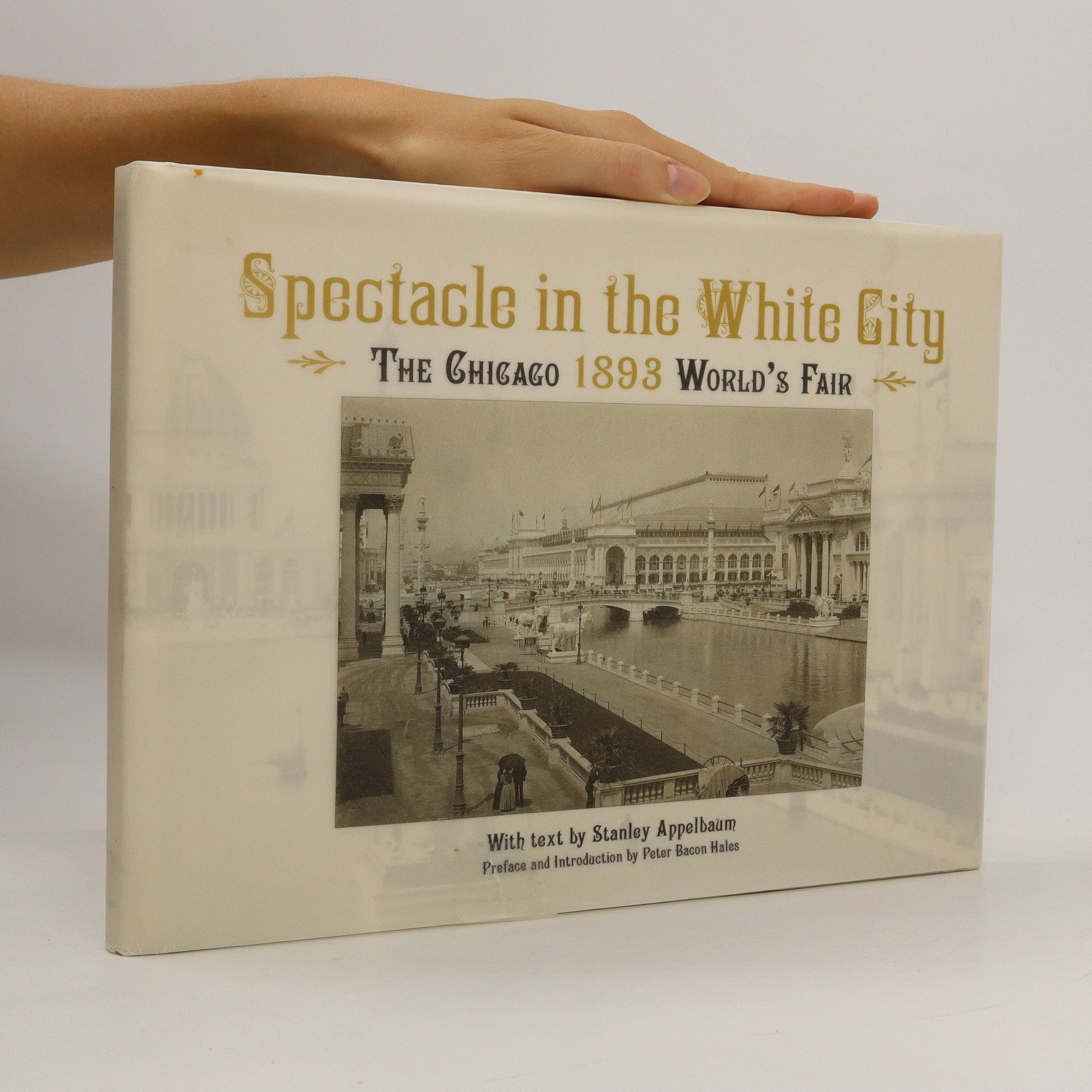
Un poème philosophique qui dénonce les valeurs millénaires de la morale établie issue du christianisme.
English romantic poetry : an anthology
- 240pages
- 9 heures de lecture
Encompassing a broad range of subjects, styles and moods, English poetry of the late 18th and early 19th centuries is generally classified under the term "Romantic," suggesting an emphasis on imagination and individual experiance, as well as a preoccupation with such themes as nature, death and the supernatural.This volume contains a rich selection of poems by England's six greatest Romantic poets: William Blake (24 poems, including "The Tyger" and "Auguries of Innocence"), William Wordsworth (27 poems, including "Ode: Intimations of Immortality" and "I wandered lonely as a cloud"), Samuel Taylor Coleridge (10 poems, including "The Rime of the Ancient Mariner" and "Kubla Khan"), Lord Byron (16 poems, including "The Prisoner of Chillon" and selections from Don Juan and Childe Harold's Pilgrimage), Percy Bysshe Shelley (24 poems, including "Ode to the West Wind" and "Adonais") and John Keats (22 poems, including all the great odes, "Isabelle" and "The Eve of St. Agnes"). For this edition, Stanley Appelbaum has provided a concise Introduction to the Romantic period and brief commentaries on the poets represented. The result is a carefully selected anthology that will be welcomed by lovers of poetry, students and teachers alike.
Nous sommes au lendemain de la Grande Guerre, le mal du siècle envahit les âmes, c'est l'époque de la Prohibition et des fortunes rapides. En 1922, Jay Gatz, désormais Gatsby, se retrouve fabuleusement riche. Personnage mystérieux installé à Long Island dans une somptueuse propriété, mille légendes courent sur son compte. Elles n'empêchent pas les gens chic, et moins chic, de venir en troupes boire ses cocktails et danser sur ses pelouses. Gatsby le Magnifique joue la carte de l'éblouissement et des folles dépenses comme un appât pour ramener à lui Daisy, mariée à Tom Buchaman, un millionnaire qui, à la différence de Gatsby, n'a pas gagné sa fortune, mais en a hérité. Le jour où l'espoir de reconquérir sa bien-aimée s'évanouit, la fête prend fin et Gatsby meurt, abandonné de tous, sauf de son voisin, Nick Carraway, le cousin de Daisy, qui nous révèle cette histoire. Gatsby le Magnifique est un des romans emblématiques du XIXe siècle.
Comme Colette après sa séparation d'avec Willy, Renée Néré doit subvenir à ses besoins en se produisant sur des scènes de music halls ; marginale et déclassée, elle devient aussi une vagabonde sentimentale qui, après quelque temps d'une liaison pourtant heureuse, retrouve sa peur d'être un jour de nouveau prisonnière. Itinéraire parfois douloureux d'une femme indépendante au début du siècle, qui préfère renoncer à l'amour avant l'heure des regrets, évocation de la vie brillante et misérable des troupes de cafés concerts et des coulisses des petits théâtres, La Vagabonde est un des romans les plus personnels de Colette, où elle approfondit avec une sensibilité pudique et frémissante son investigation psychologique. (Babelio)
Schubert's songs to texts by Goethe
- 256pages
- 9 heures de lecture
“An exquisite book, rich, shimmering, and truly incomparable.” —The New Yorker This lyric portrait of a boy’s companionship with his little donkey, Platero, is the masterpiece of Juan Ramón Jiménez, the Spanish poet awarded the 1956 Nobel Prize for Literature. Poetic, elegiac, it reveals the simple pleasures of life in a in a remote Andalusian village and is a classic work of literature, beloved by adults and children alike.
